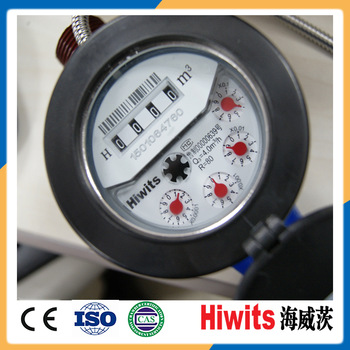

With 15-minute reads standard, a utility is able to analyze an account’s billing reads over time. The data meters measure and transmit is very useful for spotting tampering. It can even detect and report the presence of a power line bypass to the meter socket, the presence of magnetic fields, and a bad neutral connection at the residence for form 2S meters. Some AMI systems also offer the ability to continuously monitor for electric usage for disconnected meters with their service switches open. Thru frequent communications over the AMI network, utilities get a complete picture of issues that need further investigation. Additionally, the meters can provide voltage and current readings and even phase rotation for polyphase installations to help identify issues. These include detecting and reporting meter anomalies such as reverse current flow and flagging meters that aren’t registering energy consumption. Smart meters are now able to measure and report real-time information that was previously unavailable to the utility. In fact, these systems detect and report the number of times a meter has even been turned off/on with date and time stamps and can even locate the meter if it has been moved from its registered address. In either case some AMI systems have been designed to alert the utility of these conditions. Thieves often try removing a meter from the socket or even taking a meter from another location and replacing their original meter to reduce their electric bill. Technology has become the new eyes and ears for spotting tampering. Fortunately, AMI systems, smart meters, and its data can help utilities find tampering instances remotely. Which means the monthly visual inspection no longer happens. Today, after a utility upgrades to an Advanced Metering Infrastructure (AMI) system, there is no longer a need for on premise meter reading. Occasionally the tampering would be obvious, but often the energy thieves would be creative in their attempts to get around the system and steal power. Often, to find a tampering instance, the utility relied on meter readers to notice an issue during the monthly onsite reading.

In the past, older electromechanical meters were very limited in their ability to monitor for tampering. Flume is compatible with 95 of water meters: The Sensor works on both outside and indoor water meters within 1000ft reach of the Flume Bridge and is compatible with most water meters used in the United States today. Residential and commercial customers have tried many methods over the years, often creating conditions that are dangerous for themselves, their neighbors and utility. Tampering is usually associated with a utility customer that wants to reduce their electric bill.


 0 kommentar(er)
0 kommentar(er)
